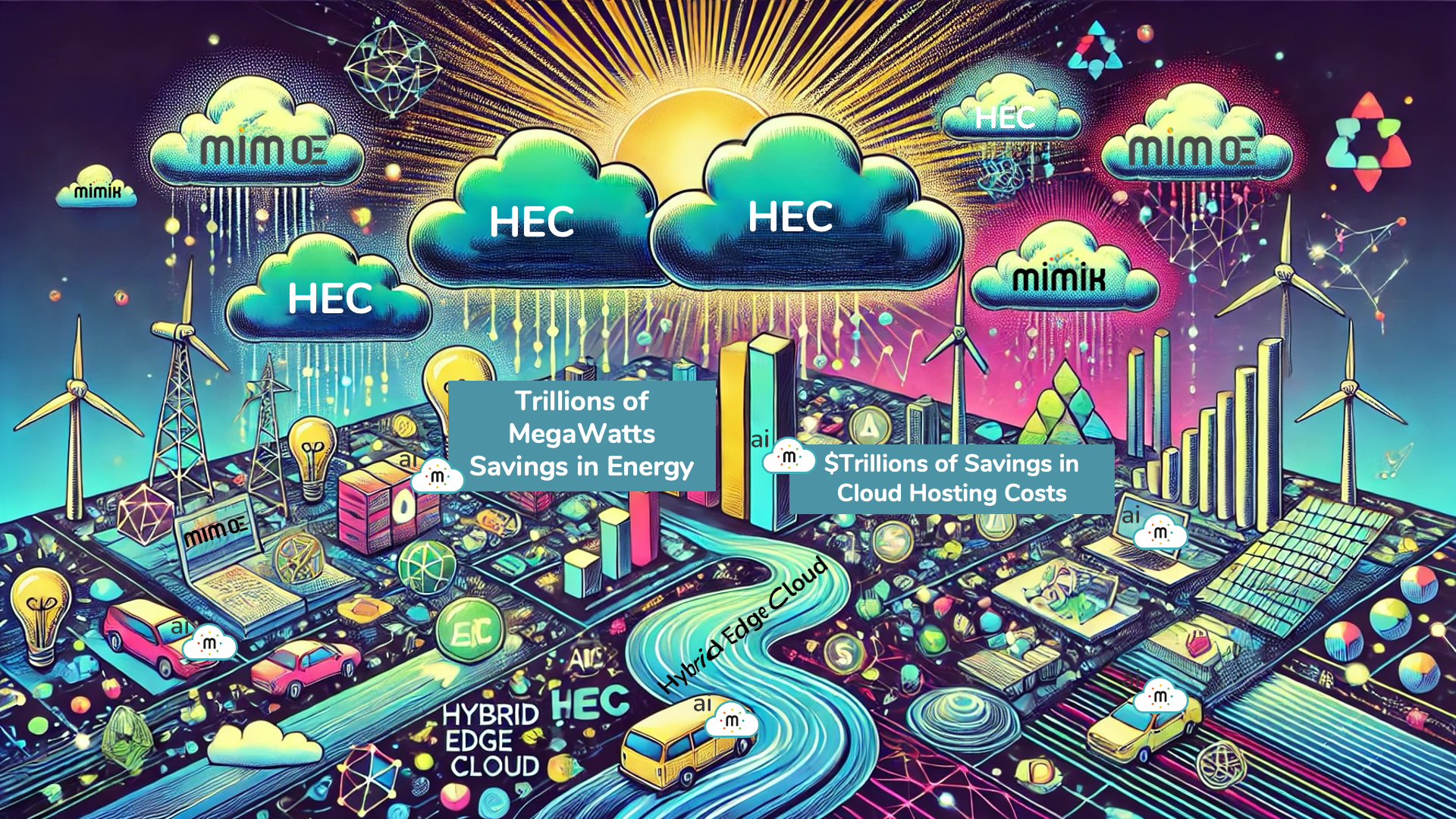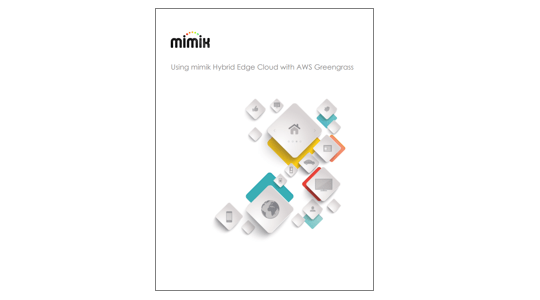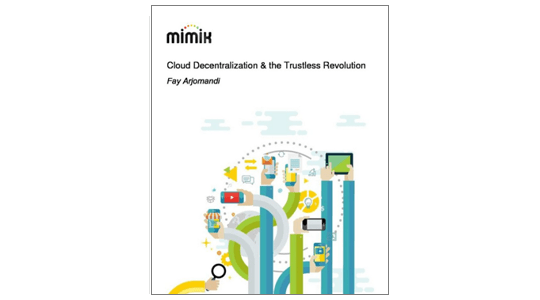Abstract
This paper examines the workload distribution challenges in centralized cloud systems and demonstrates how mimik Hybrid Edge Cloud (HEC) mitigates these inefficiencies. Workloads in cloud environments often follow a Pareto distribution, where a small percentage of tasks consume most resources, leading to bottlenecks and energy inefficiencies.
By analyzing both traditional workloads reflective of typical IoT and smart device usage and agentic workloads, such as those generated by AI agents, robotics, and autonomous systems, this study quantifies the energy and cost savings enabled by mimik HEC. Our findings reveal that mimik HEC achieves energy savings of up to 75% and cost reductions exceeding 80%, even in resource-intensive agentic scenarios. These results highlight the critical role of mimik HEC in enabling scalable, cost-effective, and sustainable computing for the next generation of intelligent systems.



